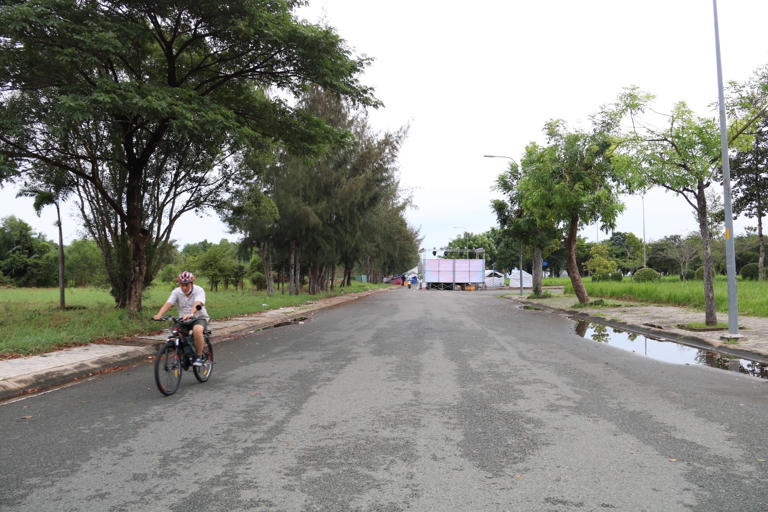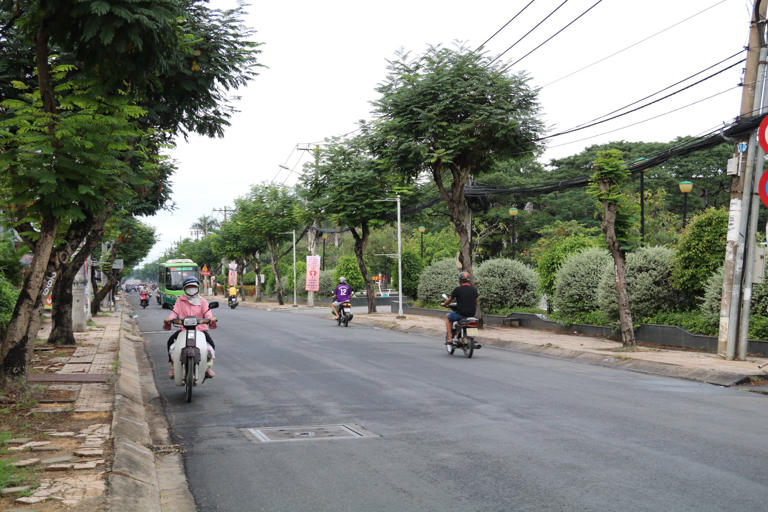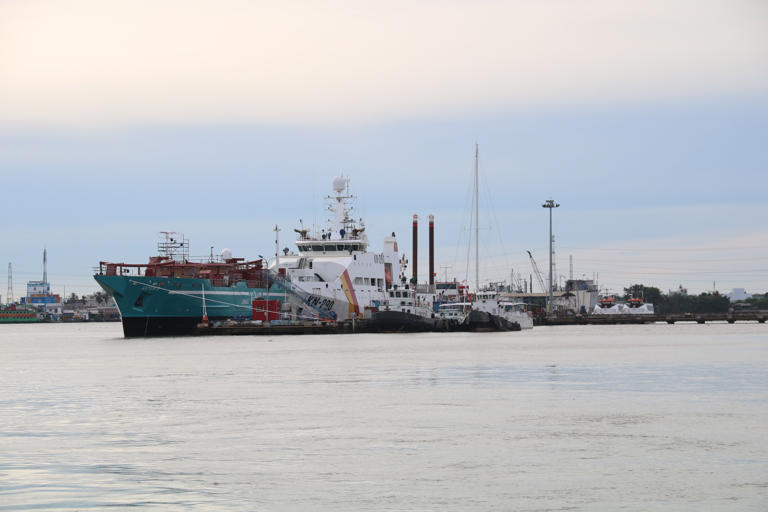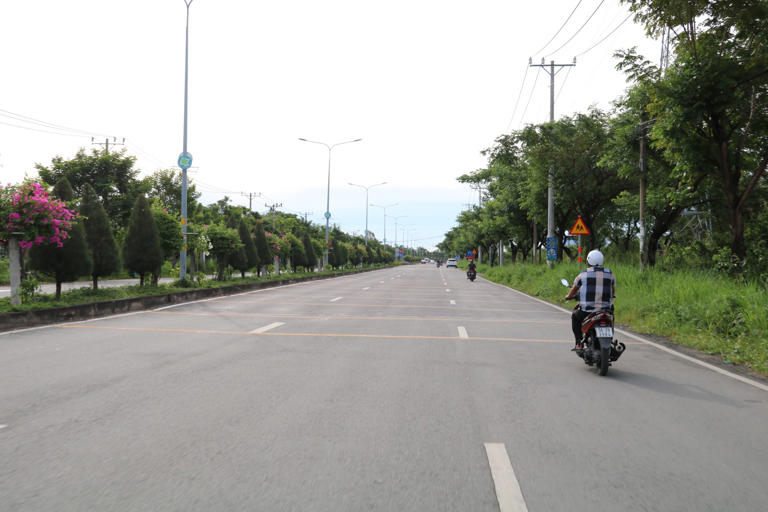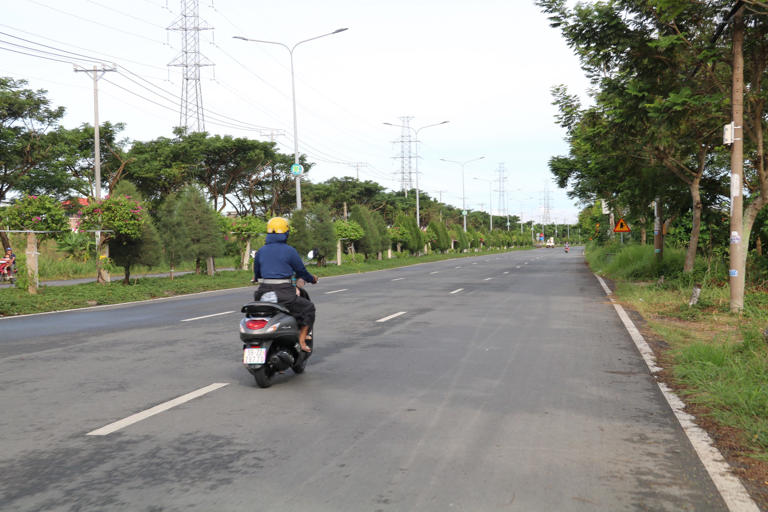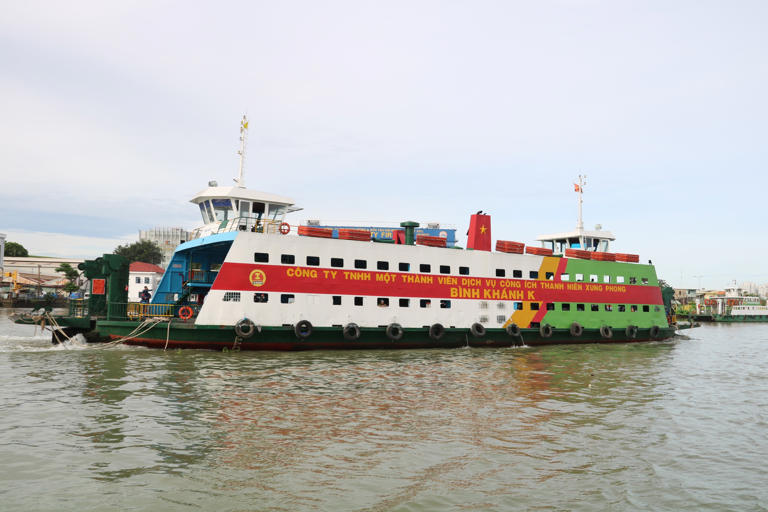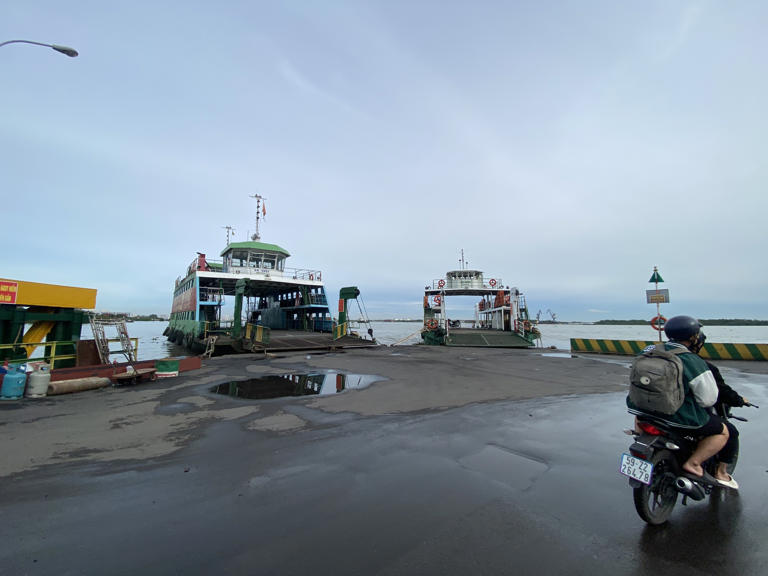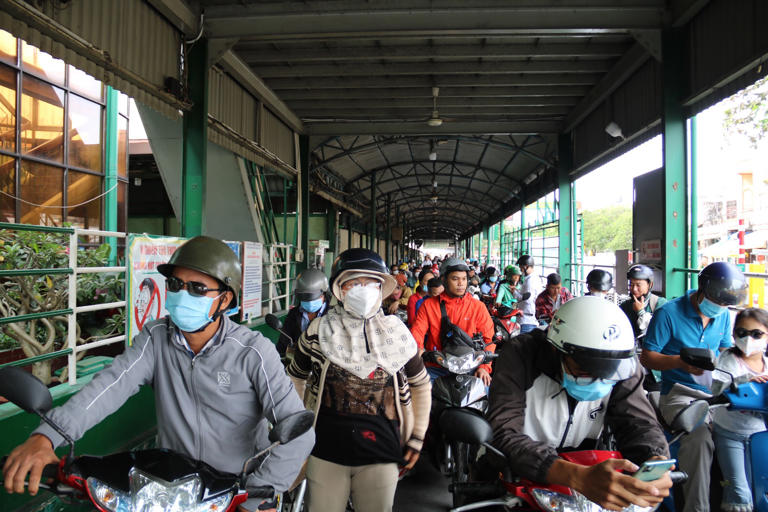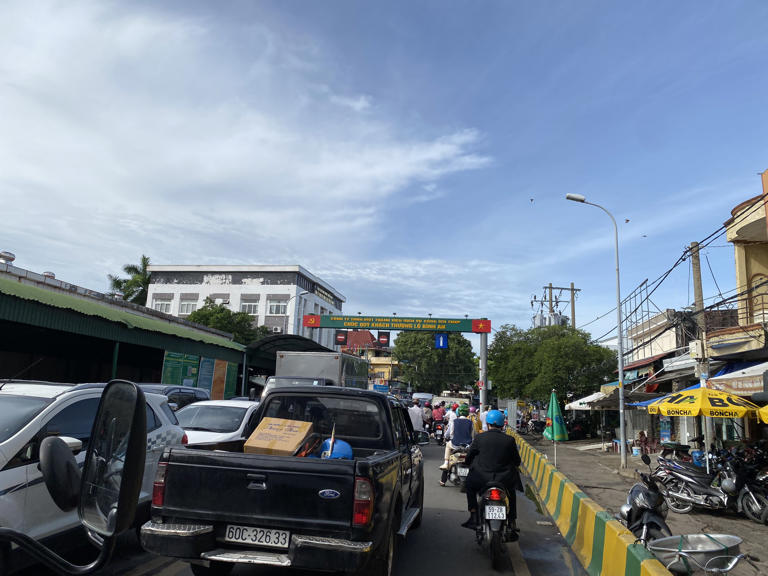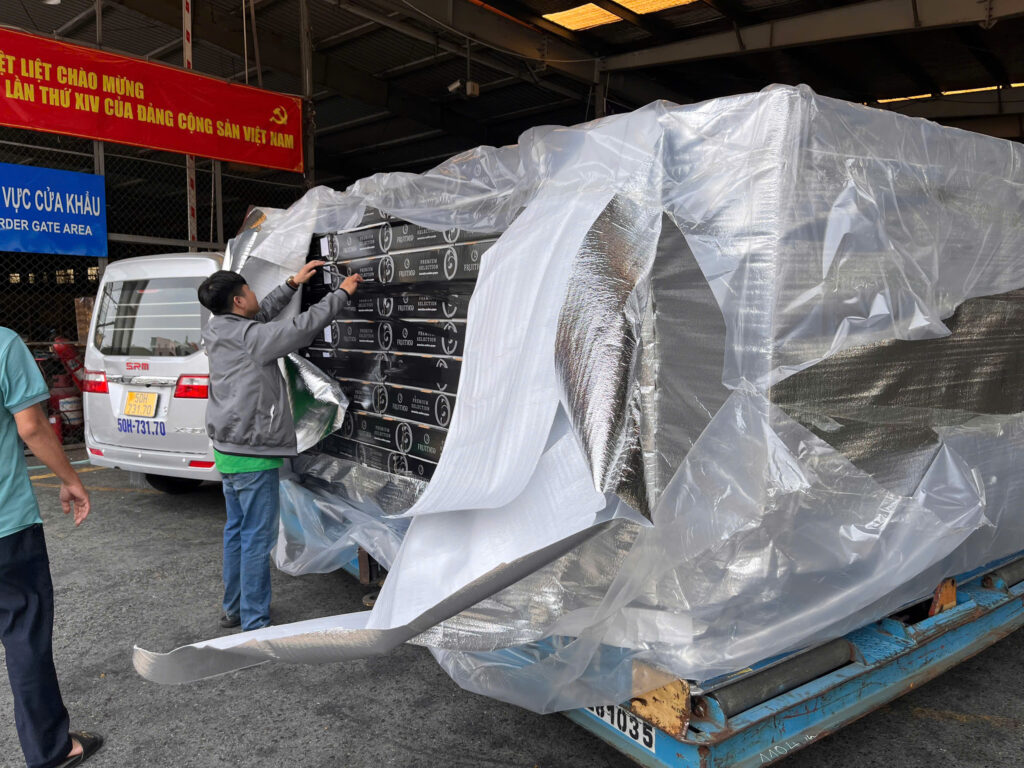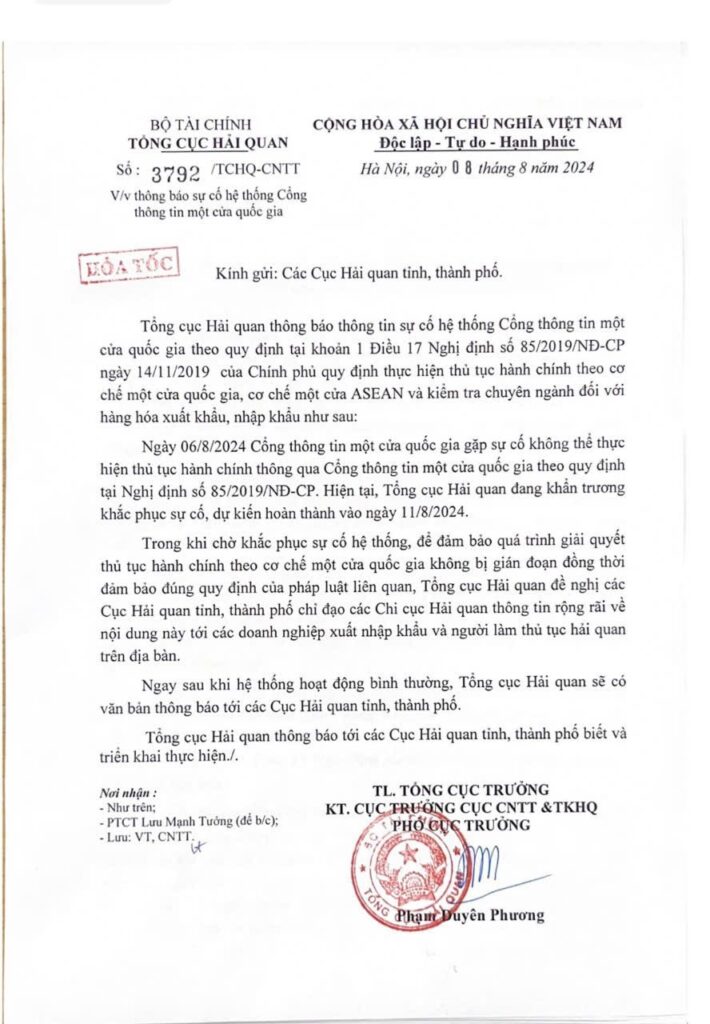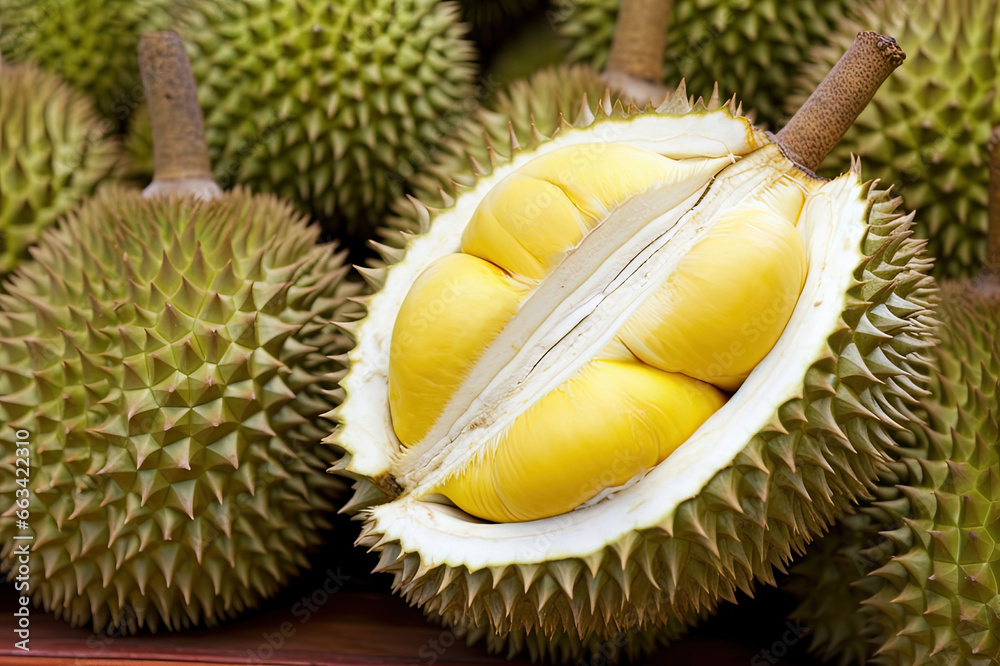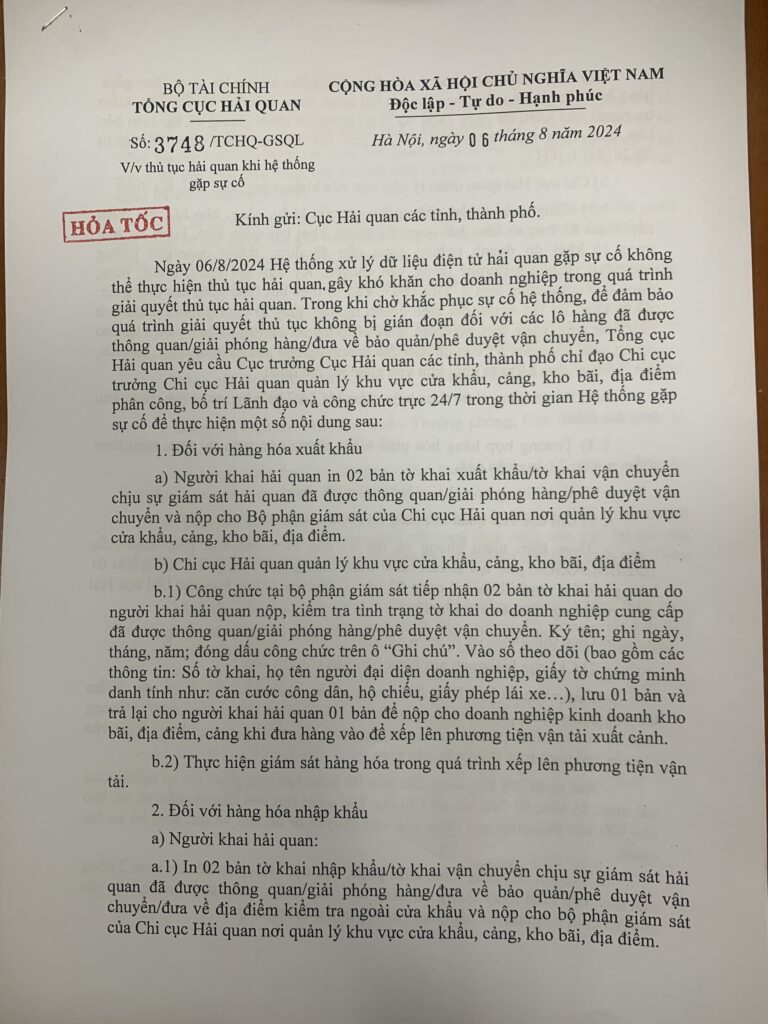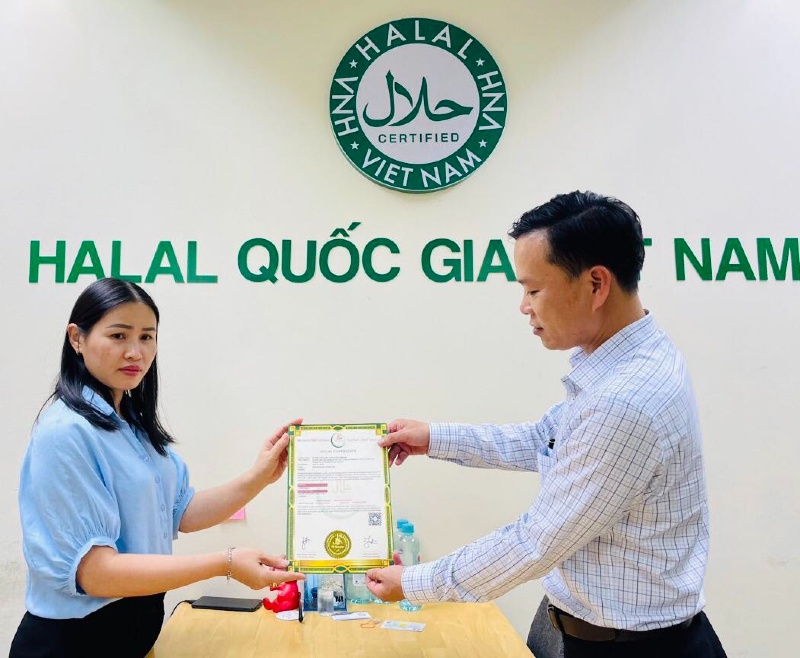The Can Gio bridge project is expected to have a total investment of more than 11,000 billion VND and will pass through many roads of Nha Be and Can Gio districts and cross two large rivers.
Building projects Can Gio bridge The Ho Chi Minh City Department of Transport has submitted the project's pre-feasibility study report to the Ho Chi Minh City Appraisal Council. Estimated project implementation time is from 2024-2028.
Construction of Can Gio bridge by 2025
According to the project pre-feasibility study report, Can Gio bridge will be built in 2025, expected to be completed in 2028.
Accordingly, the bridge and access road of Can Gio bridge have a length of more than 8 km, 6 lanes, and a total investment of 11,087 billion VND.
|
Tien Phong Can Gio Bridge project, once completed, will help people travel more conveniently. first© Tien Phong
|
|
Once completed, the Can Gio Bridge project will help people travel more conveniently. |
Can Gio Bridge is invested according to the public-private partnership (PPP) method, Business - Exploit - Transfer (BOT) contract type.
The starting point of the project is located at the intersection of Road No. 2 - Road No. 15B, Phu Xuan urban area, Nha Be district, about 500m north of Muong Ngang canal, then will cross Soai Rap river and Cha river to reach the north. connecting with Can Gio district.
The end point of the project connects to Rung Sac road, about 2.1 km south of Binh Khanh ferry station.
Once completed, the Can Gio bridge project will replace the Binh Khanh ferry, which has been overloaded for many years.
|
Tien Phong The starting point of the Can Gio bridge project is located at the intersection of Road No. 2 and intersection with 15B, Nha Be district. first© Tien Phong
|
|
The starting point of the Can Gio bridge project is located at the intersection of Road No. 2 and intersection with 15B, Nha Be district. |
|
Tien Phong After that, Can Gio bridge crosses Nguyen Binh street (Nha Be district). first© Tien Phong
|
|
Then, Can Gio bridge crosses Nguyen Binh street (Nha Be district). |
|
Tien Phong Cau Can Gio continued to cross Soai Rap and Cha rivers. first© Tien Phong
|
|
Can Gio Bridge continues to cross Soai Rap and Cha rivers. |
|
Tien Phong Bridge ends at Rung Sac street, Can Gio district. first© Tien Phong
|
|
The bridge ends at Rung Sac street, Can Gio district. |
|
Tien Phong Can Gio Bridge will connect traffic in Can Gio district and Nha Be district. first© Tien Phong
|
|
Can Gio Bridge will connect traffic in Can Gio district and Nha Be district. |
|
Tien Phong Every day, Binh Khanh ferry has to carry a large number of vehicles. first© Tien Phong
|
|
Every day, Binh Khanh ferry has to carry a large number of vehicles. |
|
Tien Phong It is expected that when Can Gio bridge is put into use, Binh Khanh ferry will complete its mission of connecting traffic between Can Gio and Nha Be districts. first© Tien Phong
|
|
It is expected that when Can Gio bridge is put into use, Binh Khanh ferry will complete its mission of connecting traffic between Can Gio and Nha Be districts. |
People have been waiting for Can Gio Bridge for a long time
As noted by PLO, Binh Khanh ferry is currently a bridge connecting Can Gio district and Nha Be district, becoming a means of connection for people for many years. The Binh Khanh ferry area often has congestion, vehicles line up one after another, lining up to cross the ferry. People sometimes have to wait for the ferry for 2-3 hours.

For that reason, the people of Can Gio district and Nha Be district have been looking forward to Can Gio bridge for a long time.
Mr. Nguyen Van Tuan, doing business near Binh Khanh ferry, Nha Be, said that for many years, the Binh Khanh ferry area has often been congested, because people have to line up to wait for the ferry.
"We are happy to hear that the bridge is about to be built. We just hope that there will be a new bridge soon so that local people can travel more conveniently" - Mr. Tuan said.
|
Tien Phong For many years, the Binh Khanh ferry has often been overloaded. first© Tien Phong
|
| For many years, the Binh Khanh ferry has often been overloaded. |
|
Tien Phong Traffic in the area is always tense. first© Tien Phong
|
| Traffic through the area is always tense. |
|
Tien Phong A long line of vehicles lined up to cross the Binh Khanh ferry. first© Tien Phong
|
| A long line of vehicles lined up to cross the Binh Khanh ferry. |
Can Gio Bridge will contribute to improving regional traffic, strengthening connection of Can Gio district with Nha Be district and central areas of Ho Chi Minh City.
Original link: https://plo.vn/cau-can-gio-11000-ti-dong-se-di-qua-nhung-khu-vuc-nao-post764759.html?
Read original article here.


